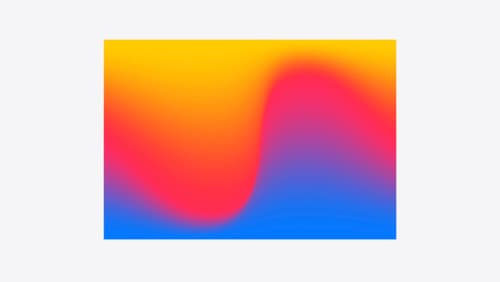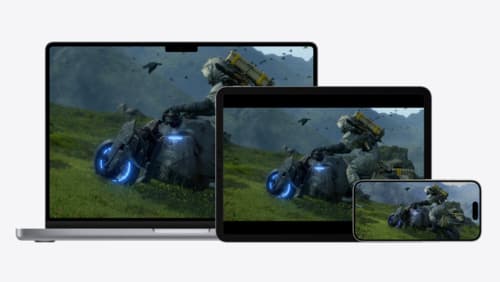How to implement metal shaders
Asked on 2024-08-12
1 search
To implement Metal shaders, you can utilize the Metal Shader Converter, which is a tool designed to help port shaders to Metal. This converter supports all shader stages, including advanced ones like ray tracing and mesh shaders, as well as legacy technologies such as geometry and tessellation shaders. It can significantly accelerate your porting timeline by converting shaders from other platforms to Metal, as demonstrated by Ubisoft's use of the tool for porting shaders from Assassin's Creed Mirage.
Here's a brief overview of the process:
-
Setup: Ensure your project is configured correctly. If you're using C, you can leverage Metal CPP, which provides C bindings for Metal with no measurable overhead compared to Objective-C headers.
-
Conversion: Use the Metal Shader Converter to convert your existing shaders to Metal. This tool can be invoked from the command line or by linking against its dynamic library on both Windows and macOS.
-
Debugging and Profiling: After conversion, you can use Metal's debugging and profiling tools to ensure your shaders are optimized and free of errors. This includes using API validation and shader validation to catch bugs and optimize performance.
-
Documentation and Examples: For more detailed guidance, refer to the documentation on Apple's developer site and explore example projects like the gameporting example project.
For more information, you can check out the session Port advanced games to Apple platforms (09:29) which covers shaders in detail.

Create custom visual effects with SwiftUI
Discover how to create stunning visual effects in SwiftUI. Learn to build unique scroll effects, rich color treatments, and custom transitions. We’ll also explore advanced graphic effects using Metal shaders and custom text rendering.

Port advanced games to Apple platforms
Discover how simple it can be to reach players on Apple platforms worldwide. We’ll show you how to evaluate your Windows executable on Apple silicon, start your game port with code samples, convert your shader code to Metal, and bring your game to Mac, iPhone, and iPad. Explore enhanced Metal tools that understand HLSL shaders to validate, debug, and profile your ported shaders on Metal.
